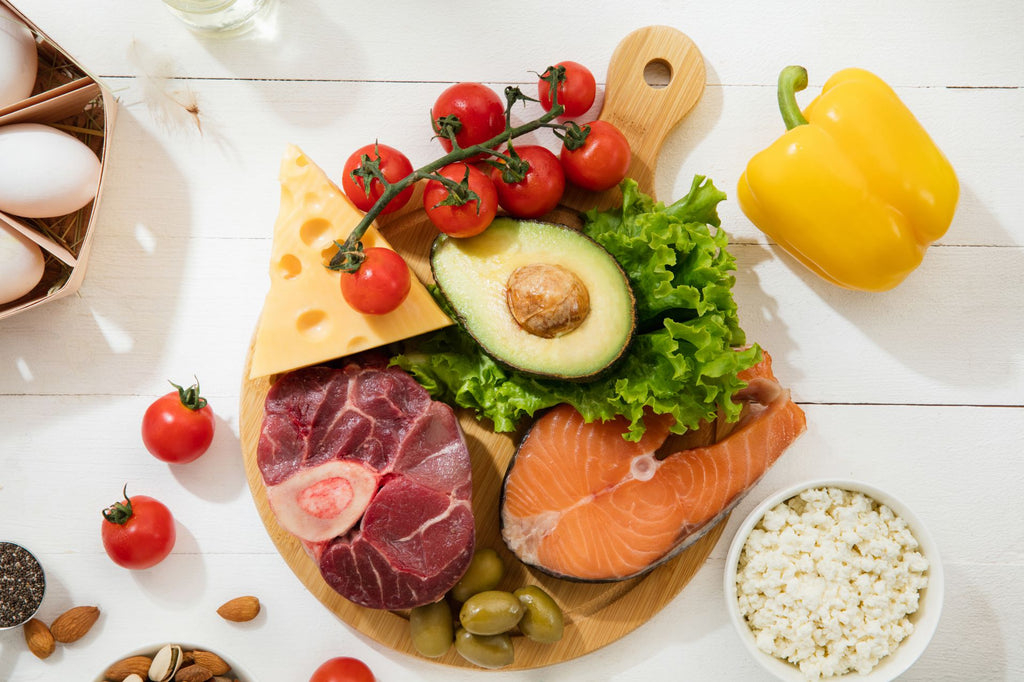
I think we can all agree that all calories are not created equal. A thousand calories of your favorite donuts will not yield the same results as a thousand calories of salmon & rice. Under this same principle, the same goes for our food sources for our individual macros, and today, we want to specifically focus on protein!
If you are someone who tracks your macronutrients on the daily, you will have a split of protein/carbs/fat totals at the end of the day to see if you hit your goals. This number can be deceiving for the same reason that a calorie is not just a calorie.
Why Not All Protein Sources Are Created Equal
Not all protein sources are created equal in how your body will process them to further your goals. In almost every healthy diet we will see protein as the primary focus while controlling the other macros for goals like gaining muscle or losing weight.
We consume protein to benefit us in a few different ways, especially if you’re interested in fitness. Protein is our body’s main source to repair and build muscle tissue. Protein also slows-down digestion and speeds-up your metabolism helping us to process foods better and not store unnecessary fat.
Without protein, we can’t grow that beautiful muscle tissue that helps up to expend more energy during exercise, and keep that fat off!
The trick is that we need a specific blend of amino acid sources to achieve repairing and recovering that is not always found in every gram of protein.
WHAT?! Every gram of protein isn’t the same??
Just like the fact that good carbs and bad carbs are becoming almost common knowledge, there are also good protein and useless protein sources. Without the proper amount of essential amino acids and more importantly, the branched-chain amino acids, our bodies don’t uptake that protein and use it for all of its great benefits!

So Then, What is a Good Protein Source?
When it comes around to the protein we should actually be tracking to hit that *insert goal here* grams of protein per day, we can make it very simple for you…animal sources!
When we are tracking our protein intake, we want to track the total amount of protein that contains the good amino acid profile our bodies need, and these are going to come from animal sources for us!
Trackable protein sources – Fish, chicken, eggs, milk products (whey protein, yogurt, cheese, etc), red meats, shellfish. Just about all meats are trackable protein sources.
The point we are trying to make is that the 4 grams of protein you get from a cup of grains is not equal to 4 grams from another protein source and shouldn’t be added into your end of the day protein numbers. Yes, the calories still matter, but the goal of your daily protein budget when you are training regularly is to be most useful for muscle recovery #1.
This adds up people! I see it all the time where someone takes in 180g protein/day, but when you really break it down they are only getting 145-150g grams of real protein. That’s almost a whole meal’s worth of protein and can really alter the difference in the results you are seeking.
Use this as a super simple guideline to help ensure you are getting the most bioavailable protein available to achieve your fitness goals. Sure, maybe 100% isn’t realistic, but try to keep that window of “nickels and dimes” of trace protein in your food out of our goal total when possible.
One more tip for the road: A common misconception is that nuts are a protein source, but nutritionally we consider them as a fat source, like the yolk of an egg. They’re not a highly synthesized protein, so remember their dietary purpose next time you’re substituting a couple scoops of peanut butter for your protein. We do love nut butters, but more for their intended purpose, because fats are awesome!





